Top Tourist Places in Afghanistan
1. Bamiyan in Afghanistan
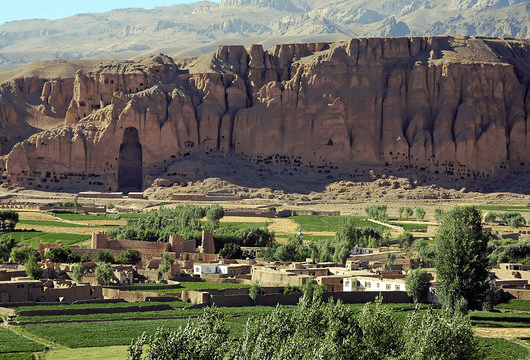
Bamiyan is a province in central Afghanistan, famous for its two towering Buddhas carved into the cliffs of the Bamiyan Valley. Unfortunately, these ancient statues, which once stood over 50 meters tall, were destroyed by the Taliban in 2001. However, the Bamiyan Valley is still worth visiting for its stunning natural beauty, including the turquoise blue Band-e Amir lakes and the panoramic views of the surrounding mountain ranges. The valley is surrounded by towering cliffs and is known for its unique rock formations, including the Alishang caves.
These caves are thought to be more than 2,000 years old and are considered to be one of the most important Buddhist sites in Afghanistan. The area surrounding Bamiyan is also home to a vibrant local culture, including traditional villages and regional markets. Visitors can learn about the local way of life, including conventional agriculture, cooking, and crafting techniques. The local cuisine is also worth trying, with dishes such as Bamiyan kebabs and aash, a traditional soup popular with tourists.
2. Herat in Afghanistan
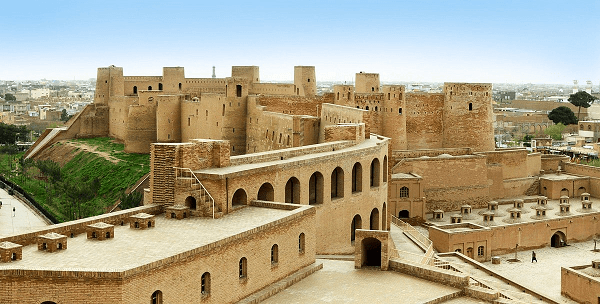
Herat is a city in western Afghanistan known for its rich cultural heritage and well-preserved historical sites. The city has several ancient monuments, including the Herat Citadel, the Friday Mosque, the Minaret of Jam, and museums and markets. The Herat Citadel is a historic fortification dating back to the 6th century, which is well-preserved and offers stunning views of the city. The Friday Mosque is one of Afghanistan's largest and most impressive mosques, known for its intricate tile work and remarkable minarets. The Minaret of Jam is a unique tower located in the remote Ghor province, which dates back to the 12th century and is considered one of the tallest and oldest minarets in the world.
Herat is also known for its vibrant local culture, which includes traditional music, dance, and cuisine. Visitors can attend conventional music concerts and dance performances and sample local specialties such as pulao, a flavorful rice dish, and kabobs made from beef or chicken. The city is also home to several markets, where visitors can find local handicrafts and souvenirs, including textiles, pottery, and traditional clothing.
3. Kabul in Afghanistan
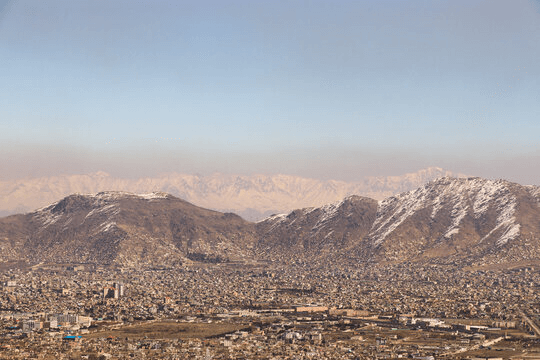
Kabul, the capital of Afghanistan, has a rich and diverse history. Despite the recent years of conflict, Kabul still has much to offer visitors, including historical monuments, such as the Darul Aman Palace and the Babur Garden, and several museums, including the National Museum of Afghanistan. The Darul Aman Palace is a historical palace located on the outskirts of Kabul, which was built in the 1920s and is now being restored. The Babur Garden is a beautiful park dedicated to the first Mughal Emperor of India, Babur. The National Museum of Afghanistan is one of the country's most important museums, showcasing Afghanistan's rich cultural heritage, including artifacts from the Indus Valley Civilization, the ancient city of Gandhara, and the Islamic period.
Kabul also has a vibrant local culture, including traditional markets, street food, and local crafts. Visitors can explore the city's bustling streets, trying local street food such as mantu dumplings and qeema, a spicy meat dish, and browsing through the colorful stalls of the local market. Kabul is known for its traditional handicrafts, including carpet weaving, pottery, and jewelry. Visitors can observe local artisans at work and purchase unique, handmade souvenirs to take back home.
4. Kandahar in Afghanistan
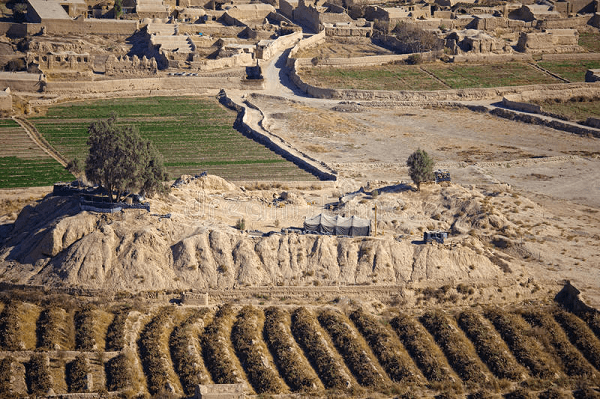
Kandahar is a city in southern Afghanistan known for its rich cultural heritage and historical sites. The city is home to the ancient town of Arghandab, which dates back to the 1st century AD, and the Tomb of Ahmad Shah Durrani, the founder of the Afghan state. The ancient city of Arghandab is a well-preserved site that offers visitors a glimpse into Afghanistan's rich history. At the same time, the Tomb of Ahmad Shah Durrani is a beautiful historical monument considered one of the country's most important sites.
Kandahar is also known for its local culture and cuisine, with traditional dishes such as qabili pulao and kebabs being popular with visitors. The city is also home to several markets where visitors can purchase local crafts, textiles, and souvenirs.
5. Band-e Amir in Afghanistan
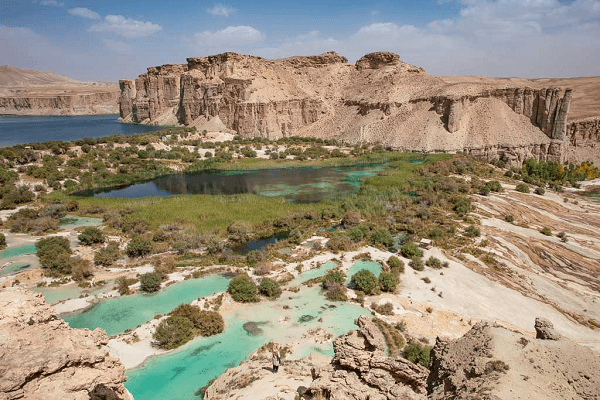
Band-e Amir is a series of six blue-green lakes in central Afghanistan in the Bamyan Province. The lakes are set in a stunning landscape of red sandstone cliffs, creating a unique and breathtaking backdrop. It is considered the first national park in Afghanistan and is one of the country's most popular tourist destinations. Band-e Amir is believed to have formed over millions of years due to volcanic activity, and the lakes are filled with mineral-rich water that gives them their distinctive blue-green color. The area is also home to various wildlife, including Himalayan mountain goats, golden eagles, and several species of birds.
Visitors to Band-e Amir can enjoy various outdoor activities, including hiking, picnicking, and fishing. The area is well-maintained, with well-marked trails, picnic areas, and several viewpoints from which visitors can enjoy the stunning views. There is also a small museum on-site, which provides information about the geological history of the area and the importance of the lakes to the local community.
6. Takht-e Rostam in Afghanistan
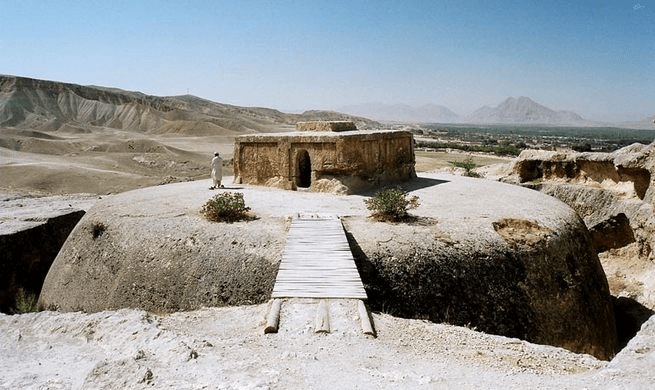
Takht-e Rostam is a unique and historically significant site that provides a glimpse into the rich cultural heritage of Afghanistan. It is an important historical site that dates back to the 6th century AD and is considered one of the country's most important cultural heritage sites. Takht-e Rostam consists of several large rock-cut tombs and monolithic statues carved into a cliff face and thought to have served as the tombs of ancient Afghan kings. The site is also home to several other old structures, including Buddhist monasteries and temples, which offer a glimpse into Afghanistan's rich cultural heritage.
One of the most notable features of Takht-e Rostam is the giant statue of the Buddha, which is carved into the cliff face and stands over 53 meters tall. This statue is one of the largest surviving examples of ancient Buddhist art and is considered a masterpiece of ancient Afghan sculpture.
7. Samangan in Afghanistan
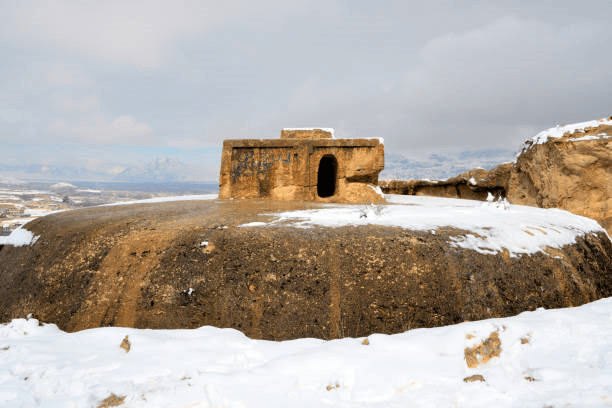
Samangan is a province in northern Afghanistan known for its rich cultural heritage and beautiful natural landscapes. The region is home to many important historical and cultural sites and stunning natural attractions, making it a popular destination for tourists and cultural heritage enthusiasts.
One of the most notable tourist destinations in Samangan is the ancient city of Aibak, which was once the capital of the Ghurid Empire in the 12th century. Aibak is home to several important historical sites, including the remains of the Ghurid palace, several mosques, and the famous Minaret of Aibak, one of the tallest minarets in Afghanistan. Visitors to Samangan can also explore the province's scenic valleys and rolling hills, which are home to a variety of wildlife and offer opportunities for outdoor recreation, such as hiking, camping, and horseback riding.
8. Mazar-e Sharif in Afghanistan
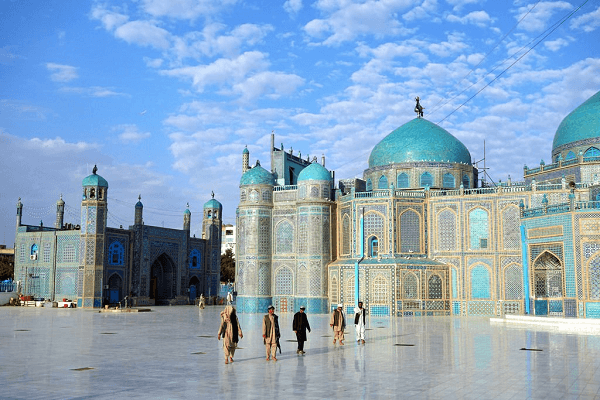
Mazar-e-Sharif is a city in Afghanistan known for its rich cultural heritage and historical significance. The city serves as a major tourist destination, attracting visitors from all over the world. One of the main attractions in the town is the Blue Mosque, a stunning example of Islamic architecture and considered one of the most beautiful mosques in the world. The mosque is also famous for its intricate tile work, calligraphy, and the turquoise blue tiles that decorate its walls, which gives it its name.
Another popular tourist spot is the Mazar-e Sharif Citadel, an ancient fortress with stunning city views. The citadel is also known for its historical significance, as it was once a center of power during the Timurid dynasty. The city also boasts several museums and cultural centers, such as the Afghanistan Museum and the Balkh Museum, which showcase the region's rich history and cultural heritage.
9. Jalalabad in Afghanistan
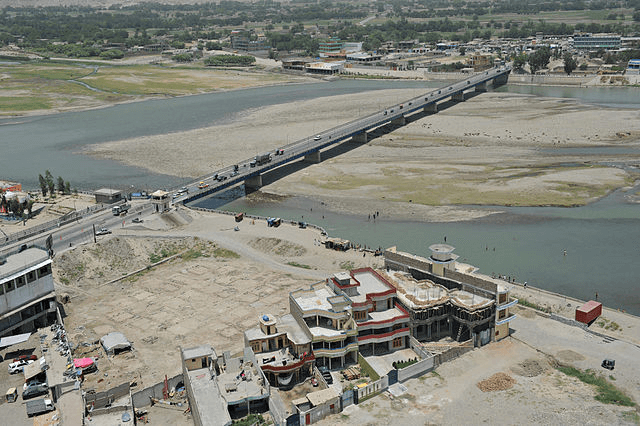
Jalalabad is a city in Afghanistan in the Nangarhar Province, known for its rich history and scenic beauty. Green hills and the Kabul River surround it. Visitors can explore historical monuments such as the 17th-century Fort of Bala Hissar, the ancient city of Takht-e-Rustam, and the 19th-century Timur Shahi Palace. The famous Pashtun Gate symbolizes the city's cultural identity. The local market offers a vibrant atmosphere and unique products. Natural attractions include the Khyber Pass, Khogiani Valley, and Khorasan Gardens, providing opportunities for outdoor activities. Jalalabad is a must-visit destination for its history, culture, and natural beauty blend.
Overall, Jalalabad is a vibrant city with a unique blend of history, culture, and natural beauty. Whether you are interested in exploring its rich cultural heritage or simply soaking up its scenic beauty, Jalalabad is a must-visit destination for tourists visiting Afghanistan.
10. Balkh in Afghanistan

Balkh is a city in northern Afghanistan known for its rich cultural and historical heritage. It is one of the oldest continuously inhabited cities in the world and is considered the birthplace of the Persian poet Rumi and the former capital of the Persian Empire. The historic citadel, dating back to the 11th century, provides a stunning view of the city and its history. Hazrat Ali's shrine is one of Afghanistan's holiest sites and a Muslim pilgrimage destination. Balkh also boasts scenic beauty with its green gardens, parks, lakes, and rivers for outdoor activities. Balkh is a unique destination for exploring Afghanistan's cultural and historical heritage, blending ancient history, religion, and natural beauty.
Balkh is a must-visit destination for tourists exploring Afghanistan's rich cultural and historical heritage. The city uniquely blends ancient history, religious significance, and natural beauty.
11. Faizabad in Afghanistan
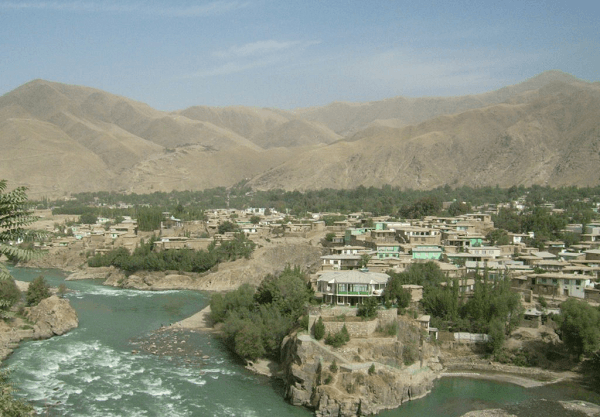
Faizabad is a city located in the Badakhshan Province of northeastern Afghanistan. It is known for its rich cultural heritage and natural beauty, making it a popular tourist destination. Faizabad has several historic buildings and monuments, including the 19th-century Bala Hissar Fort and the 18th-century Zainuddin mosque. These monuments provide insight into the city's rich cultural heritage and offer a glimpse into its history as a regional power and influence center.
Faizabad is surrounded by stunning natural beauty, including the Hindu Kush Mountains' towering peaks and the Kokcha River's pristine waters. These areas provide opportunities for outdoor activities such as hiking, trekking, and fishing. Overall, Faizabad is a must-visit destination for tourists interested in exploring Afghanistan's rich cultural and natural heritage.
12. Band-e Amir National Park in Afghanistan
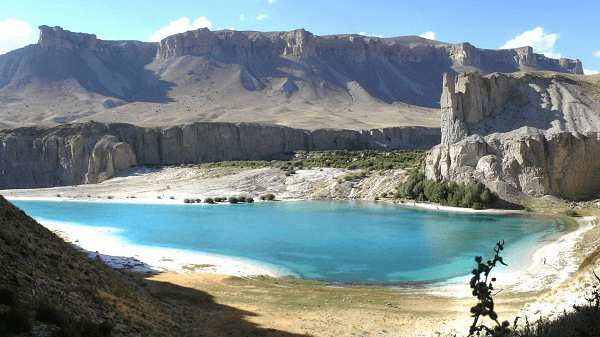
Band-e Amir National Park is located in the central highlands of Afghanistan and is the country's first national park. It is known for its six deep blue lakes, created by natural dams of travertine mineral deposits. The park also features stunning limestone cliffs, caves, and waterfalls. The lakes are considered one of Afghanistan's most beautiful natural attractions, attracting domestic and international tourists. The park also has significant historical and cultural importance, with several ancient Buddhist and pre-Islamic sites within its boundaries. Despite being affected by conflict and instability in recent years, efforts are being made to preserve and promote Band-e Amir National Park as a tourist destination.
13. Kunduz in Afghanistan
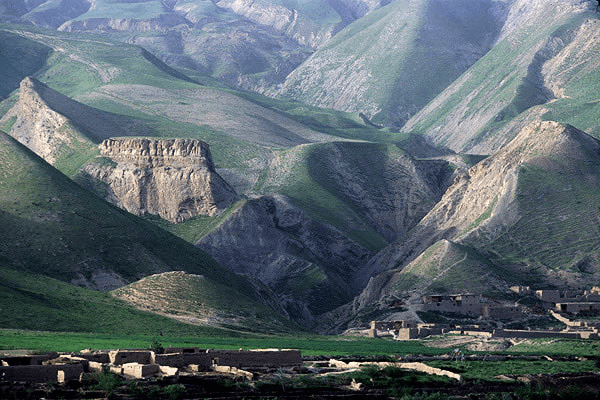
Kunduz is a city located in northern Afghanistan and serves as the capital of Kunduz province. The city is known for its rich history and cultural heritage. It has many historical landmarks and cultural sites, such as the ancient fortress of Qal'a-ye Zal, the Kafirnigan Museum, and the Khanabad Shrine. Kunduz is also renowned for its natural beauty, with the Amu Darya River and the surrounding green valleys, making it a popular destination for eco-tourism. Despite being affected by conflict in recent years, efforts are being made to revive the tourism industry in Kunduz and promote it as a destination for visitors seeking to explore Afghanistan's culture and history.
14. Khyber Pass in Afghanistan
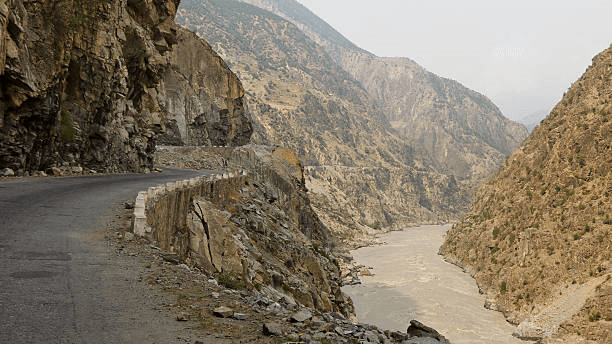
Khyber Pass is a mountain pass located in eastern Afghanistan, near the Pakistan border. It is a historic and strategic location known for connecting the Indian subcontinent to Central Asia and the Middle East. The pass has been used by traders, pilgrims, and armies throughout history, with evidence of human presence dating back to the Stone Age. Today, the Khyber Pass remains an important transport route and a popular tourist destination, attracting visitors interested in its rugged natural beauty and historical significance. Despite being affected by conflict and insecurity in the region, efforts are being made to promote the Khyber Pass as a safe and accessible tourist destination.
15. Taloqan in Afghanistan

Taloqan is a city located in northeastern Afghanistan and serves as the capital of Takhar province. The city is known for its rich history and cultural heritage, with many historical landmarks and cultural sites such as the Takhar Museum, the Tomb of Khwaja Abu Nasr Parsa, and the ancient city of Talikan. Taloqan is also renowned for its natural beauty, with several scenic locations, including the Darband and Khaja Bahauddin waterfalls and the Darqad hot springs, making it a popular destination for eco-tourism. Despite being affected by conflict in recent years, efforts are being made to revive the tourism industry in Taloqan and promote it as a destination for visitors seeking to explore Afghanistan's culture and history.
16. Panjshir in Afghanistan
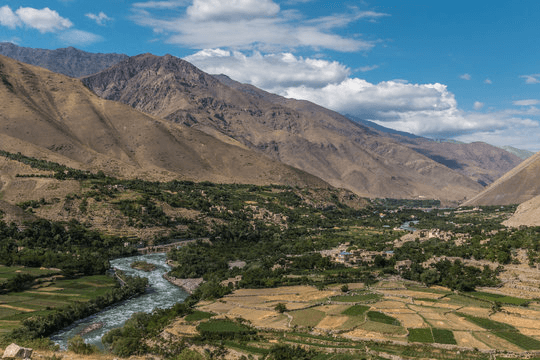
Panjshir is a picturesque valley in northeastern Afghanistan, surrounded by towering mountains and lush greenery. It is known for its natural beauty, as well as its significant historical and cultural importance. The valley has been the site of many historical battles and played a vital role in the resistance against the Taliban in the 1990s. Panjshir is also home to many cultural landmarks, including the Shrine of Ahmad Shah Massoud, the famous Mujahideen leader, and his father's tomb, Dost Mohammad Khan. Despite being affected by conflict in recent years, efforts are being made to promote Panjshir as a safe and accessible tourist destination, attracting visitors interested in exploring Afghanistan's culture, history, and natural beauty.
17. Bagram in Afghanistan

Bagram is an ancient city located in the Parwan province of Afghanistan. It is situated on the old Silk Road and has a rich history dating back to the 4th century BCE. The city is known for its archaeological sites, including the Bagram Airfield, once a hub for the US military in Afghanistan. It is now home to several ancient Buddhist stupas and other historical artifacts. Bagram is also home to the famous Bagram Gardens, a sprawling complex of orchards, vineyards, and canals cultivated for centuries. Despite being affected by conflict in recent years, efforts are being made to preserve and promote Bagram's historical and cultural significance, attracting visitors interested in exploring Afghanistan's ancient heritage.
18. Minaret of Jam in Afghanistan
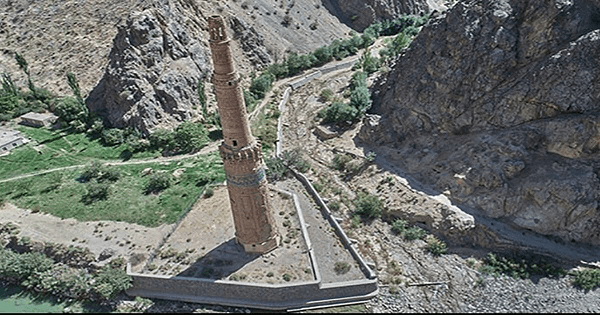
The Minaret of Jam is a UNESCO World Heritage Site in the Ghor province of Afghanistan. It is a towering brick minaret that stands at 65 meters and is adorned with intricate calligraphy and geometrical designs. The minaret was built in the 12th century by the Ghurid dynasty, considered the golden age of Afghan architecture. The Minaret of Jam is an outstanding example of Islamic art and architecture and a testament to the region's rich cultural and historical heritage. Despite being affected by conflict in recent years, efforts are being made to preserve and promote the Minaret of Jam as a tourist destination, attracting visitors interested in exploring Afghanistan's ancient history and culture.
19. Great Mosque of Heart in Afghanistan
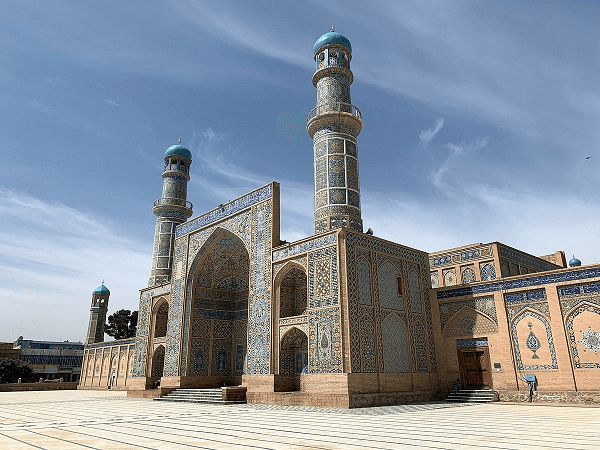
The Great Mosque of Herat is a historic mosque located in the city of Herat in western Afghanistan. The mosque was first built in the 12th century but has been renovated and expanded over the centuries, resulting in a unique blend of architectural styles, including Timurid, Safavid, and Ghurid. The mosque is known for its intricate tilework, calligraphy, and geometric designs adorning its walls, domes, and minarets. The Great Mosque of Herat is one of Afghanistan's most significant Islamic monuments, and it is a popular destination for tourists exploring the country's rich cultural and architectural heritage. Despite being affected by conflict in recent years, efforts are being made to preserve and promote the Great Mosque of Herat as a tourist destination.
How to Reach Afghanistan
- By Flight: Several airlines operate flights from major cities in India to Kabul International Airport in Afghanistan. Air India, SpiceJet, and IndiGo Airlines are some of the airlines that offer direct flights from Delhi to Kabul. Other airlines like Emirates, Turkish Airlines, Qatar Airways, and Gulf Air offer connecting flights to Kabul from different cities in India, including Mumbai, Chennai, and Bengaluru.
- By Train: There is no direct train service from India to Afghanistan. However, it is possible to take a train from India to neighboring countries such as Pakistan or Iran and then continue the journey to Afghanistan by road or air.
- By Road: Traveling from India to Afghanistan is not recommended due to the current security situation. However, suppose one still wishes to travel. In that case, it is possible to cross the India-Pakistan border at the Wagah-Attari border crossing and then continue the journey to Afghanistan by road. This option requires obtaining the necessary travel permits and visas and taking adequate safety precautions.
